Indang, a thriving municipality in the province of Cavite, Philippines, has increasingly been recognized as a top-performing region regarding real estate investments and tourism. Tourism is undoubtedly one of the top contributors to the Philippines’ GDP (Gross Domestic Product) and is responsible for the employment of many Filipinos in the country. It accounts for over 10.88% of the country’s Gross Domestic Product from 2015 to 2019. The emergence of new investment hotspots, particularly in the countryside, has shifted the focus of investors and tourists alike. One top-performing region in terms of tourism is CALABARZON, where the same agency reported that the region alone contributes to 13.09% of regional travelers who stayed overnight in accommodation establishments.
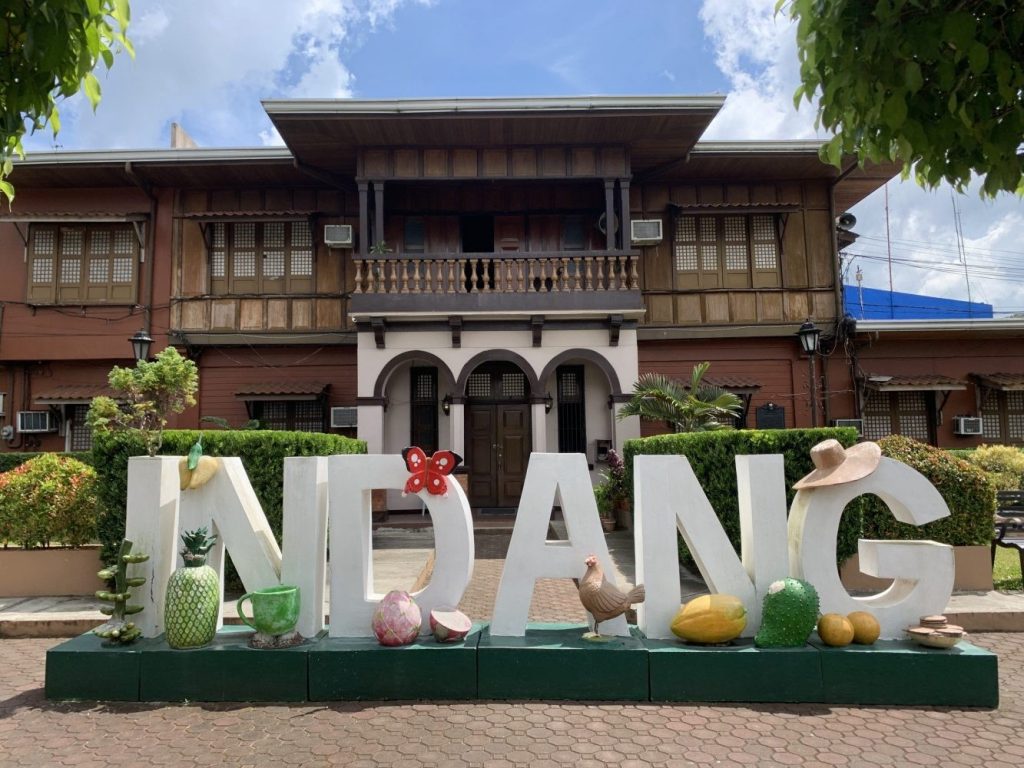
The bustling tourism in the region also urged the development of residential properties for tourists or Metro Manila residents who opt to live in the countryside. Throughout the years, several residential or township projects scattered around the Metro Manila region gave way for CALABARZON to flourish in the real estate market. The natural environment in CALABARZON is ideal for retirement and tourism because of its cooler climate and cleaner air in contrast to the Metro Manila region. Residential developments were soon realized, especially in Cavite, where these residential developments use agricultural lands. In 2016 alone, the province of Cavite reported more than a thousand hectares of agricultural territory converted for other use compared to the one it had last 2015. The Provincial Government also stated that only a few municipalities in Cavite retain a large area of land for agricultural use. One is the municipality of Indang, which has the 3rd-largest agricultural land in Cavite, at about 80.6% of its total land area.
The Hidden Jewel That Is Indang, Cavite
Indang, in the province of Cavite, is a first-class municipality with a land area of 8,920 hectares, approximately 54 kilometers south of Metro Manila. With a population of around 72,000 (Philippine Statistics Authority, 2020), Indang features a mix of urban and rural landscapes and a rich cultural heritage. With a unique combination of a countryside setting, flourishing urban township developments, and proximity to Metro Manila, Indang offers immense potential for investors and tourists alike. The municipality is known for its agricultural productivity, lush natural environment, and burgeoning tourism industry. It is about 12.8km from the popular tourist destination of Tagaytay City. It has 36 barangays, with only four considered urban and the rest as rural. Its land has characteristics ranging from relatively flat to undulating/sloping terrain. Indang is 230m to 380m above sea level and has numerous creeks and streams that also serve as natural drainage discharges water northward to Manila Bay or Laguna de Bay.
Natural Attractions And Feature Of Indang, Cavite
Indang has several natural attractions that draw tourists from all over the country. These sites offer various outdoor activities like hiking, trekking, and swimming. Some of the most popular natural attractions in Indang include:
St. Anthony Falls is a three-layered waterfall that cascades through lush vegetation, providing a refreshing retreat for nature lovers.
Indang River is a collection of freshwater rivers that winds through the municipality, offering irrigation, recreation, fishing, and riverside picnics opportunities.
Cool Climate due to high elevations and proximity to Tagaytay result in lower temperatures than in the north, particularly from November to February.
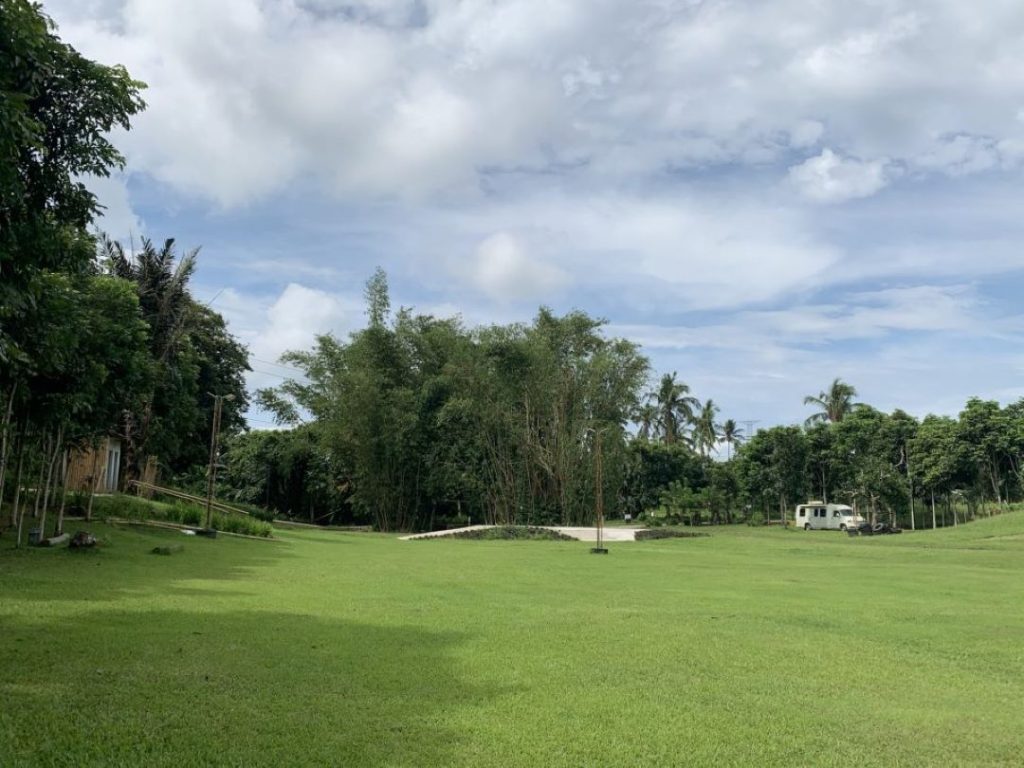
Cultural Sites and Events
Indang is steeped in history and cultural heritage, reflected in its well-preserved sites and vibrant festivals. These cultural attractions offer visitors a glimpse into the area’s rich past and local traditions. Some notable cultural places and events in Indang include:
St. Gregory the Great Parish Church: A centuries-old church showcasing a blend of Spanish and Baroque architectural styles, serving as a testament to Indang’s colonial past.
Andres Bonifacio Shrine and Eco-Tourism Park: A park serves as an important cultural site that commemorates the life and heroism of Andres Bonifacio, a prominent Philippine national hero, featuring a museum, monuments, and eco-tourism facilities.
Irok Festival: A celebration named after the local nickname for the indigenous tree species, Antidesma bunius or “Irok,” which is prevalent in the region. The celebration incorporates a range of events, including street dance, parades, and local performances, all of which combine the subject of the Irok tree and its ecological value. By commemorating the Irok Festival, Indang demonstrates its dedication to preserving its distinct cultural character and supporting sustainable practices that safeguard the environment for future generations.
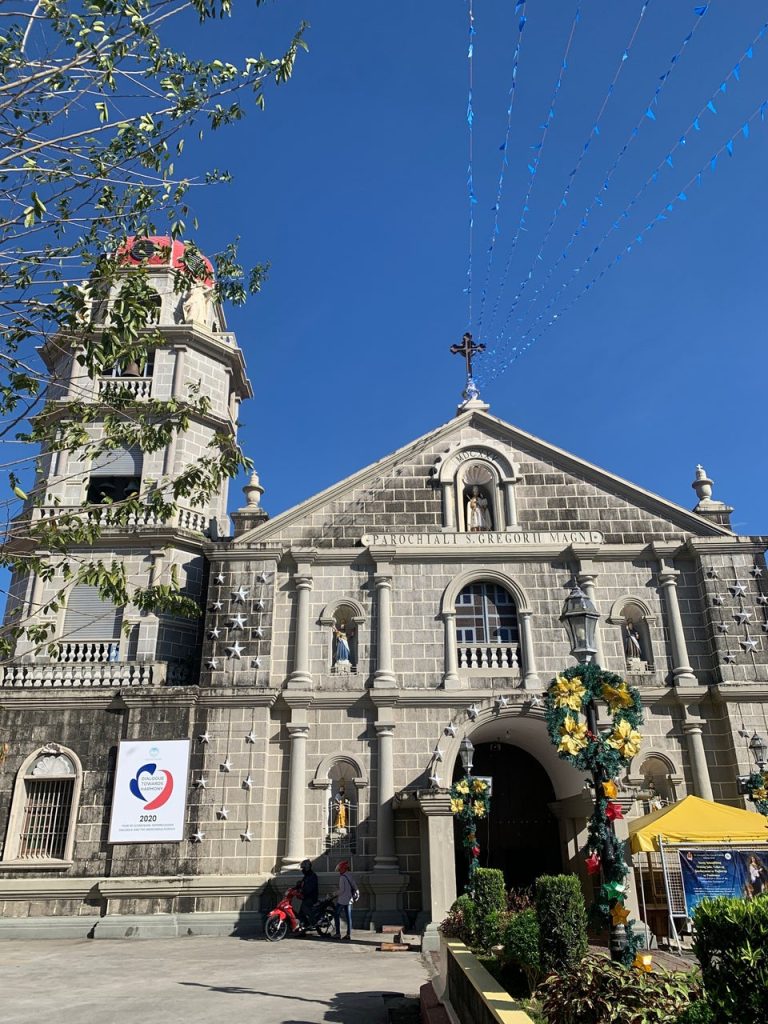
Agri-Tourism
Indang’s fertile lands and thriving agricultural sector provide the foundation for its burgeoning agri-tourism industry. This unique form of tourism allows visitors to experience local farming practices and sample fresh, organic produce. Some remarkable agri-tourism destinations in Indang include:
Gourmet Farms is a 10-hectare organic farm offering guided tours, farm-to-table dining experiences, and workshops on sustainable farming practices.
Indang Organic Market is a weekly market where local farmers showcase their fresh, organic products, promoting healthy eating and supporting the local economy.
Sanctuario Nature Farms is a getaway farm providing a harmonious balance between natural beauty and sustainable living, showcasing a diverse range of organic produce, lush gardens, and carefully designed eco-friendly facilities.
Indang’s location makes up for its challenging accessibility to Metro Manila. The municipality does not directly offer access to the South Luzon Expressway (SLEX) and the Cavite-Laguna Expressway (CALAX). Still, it is near other notable tourist destinations and cities/municipalities with numerous residential developments. It is only 12.8km from Tagaytay City and has high accessibility to major markets like Naic and Alfonso and other notable points in the province of Cavite.
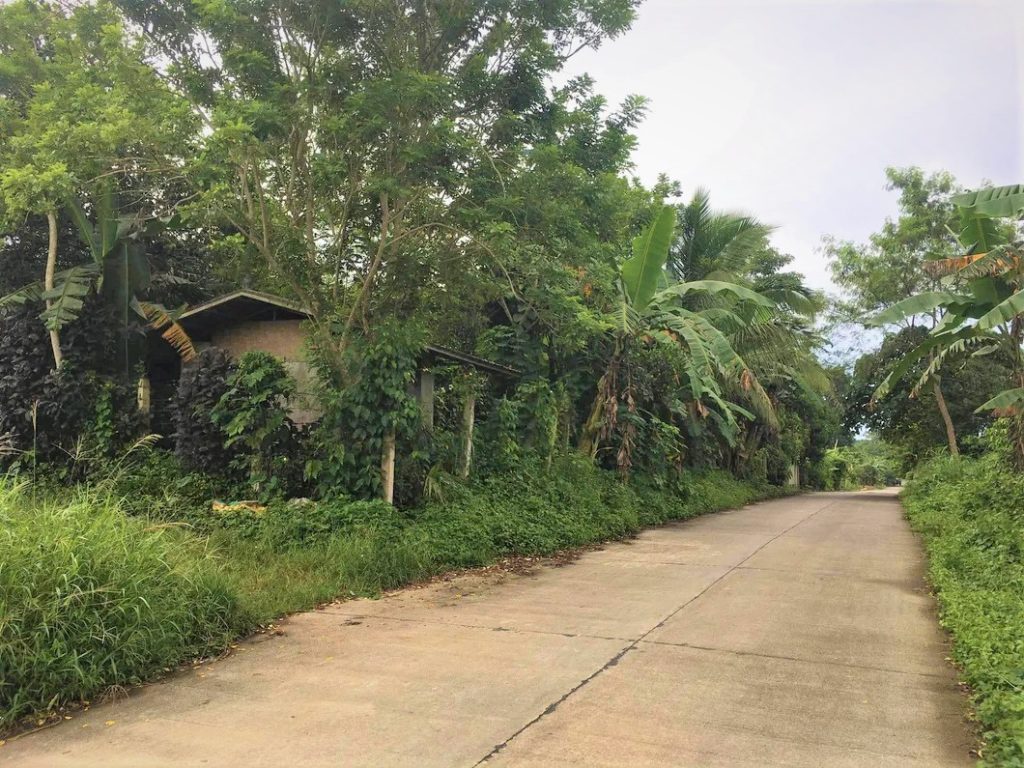
Focused mainly on agriculture, the municipality of Indang is majorly rural and primarily depends on agriculture as its primary economy. In addition, the municipality is also open to agri-tourism, boasting some 52 agricultural businesses that act as tourism spots. The province of Cavite’s website only listed a few notable tourist spots in Indang: historical sites, churches, parks, and a few resort establishments. According to a simple TripAdvisor search, natural spring resorts, the Palsahingin Falls, and various agri-tourism farms are among the tourist attractions in the municipality. The lack of or little information on tourism data from Indang itself may imply that the tourism industry in the area still needs to be studied.
With an emphasis on promoting sustainable, environmental-friendly tourism practices, the local government of Indang, Cavite, aims for tourism that banks on its natural environment. Numerous water features in Indang, along with its high elevation, cool the area and experience an average annual temperature of 22.5°C to 30.5°C. The deep-cut water features allow resorts and accompanying accommodation establishments to flourish, as reflected by existing natural spring resorts.
The real estate market in Indang has been on the rise, fueled by factors such as the area’s natural beauty, proximity to Metro Manila, and government-led infrastructure developments.
Accessibility and Infrastructure
Indang’s strategic location within the province of Cavite makes it easily accessible from Metro Manila via major highways, such as the Cavite-Laguna Expressway (CALAX), South Luzon Expressway (SLEX), and the Cavite Expressway (CAVITEX). These infrastructure developments significantly reduce travel time. Indang is now an appealing option for those working in Metro Manila but prefers a more relaxed countryside.
Urban Township Developments
Indang has witnessed the rise of several mixed-use township developments in recent years, offering residents a perfect blend of urban amenities and rural charm. These developments feature residential subdivisions, commercial establishments, and leisure facilities catering to the needs of the growing population.
With the future of Sangley International Airport, the province of Cavite will have its aviation industry. It will accommodate 25 million passengers annually after completing the first runway in 2022. It will eventually transform into a four-runway aviation hub with a passenger capacity of 130 million. Foreign investments are starting to flood in as Cavite becomes a significant gateway to the country. Transferring commodities from overseas and different regions of the country will also be more efficient.
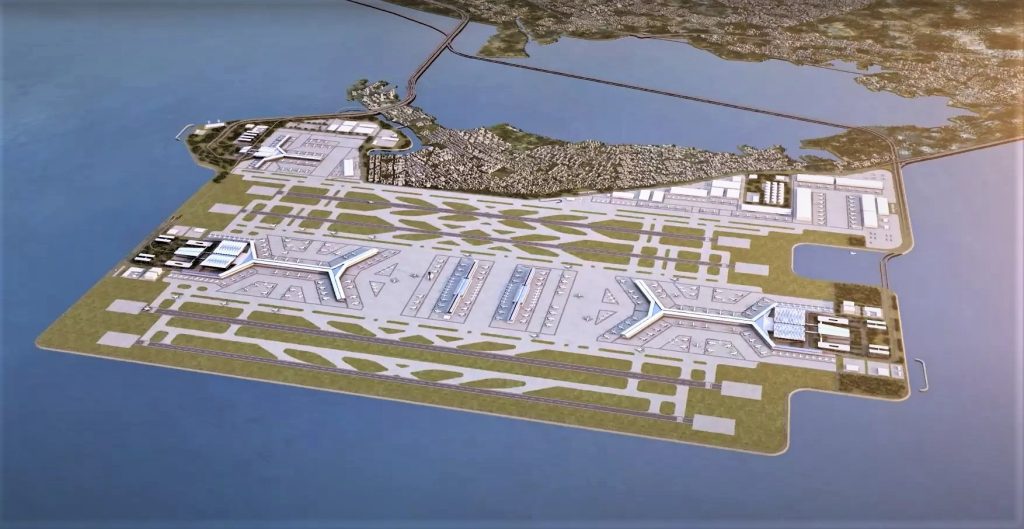
Additionally, the Bataan-Cavite Interlink Bridge is an ambitious infrastructure project that promises to bring significant and positive economic disruption to the province of Cavite. Upon completion, this impressive bridge will dramatically improve connectivity between the provinces of Bataan and Cavite, fostering more significant trade and commerce opportunities across the region. The enhanced accessibility will attract new investments, boost tourism, and stimulate economic growth in Cavite, thus generating employment opportunities and improving the overall quality of life for the local population. Furthermore, the Bataan-Cavite Interlink Bridge will serve as an iconic symbol of progress and development, highlighting the potential of innovative infrastructure projects to propel the region toward a thriving and prosperous future.
Indang Property Prices and Appreciation
The surge in demand for properties in Indang has increased property prices, particularly in the residential sector. According to the Philippine Real Estate Market Outlook (2022), the average selling price of residential lots in Indang increased by 8.2% year-on-year. This report indicates a healthy growth rate in property values.
The municipality of Indang has an undiscovered potential in the tourism industry. The area’s natural attractions, cultural heritage, and agri-tourism offerings make it an appealing destination for tourists seeking diverse experiences. Its vast agricultural area subtly masks the preserved natural environmental features in tourist destinations like Tagaytay. When thoroughly studied, the tourism industry in Indang may present opportunities aside from its inherent potential for agri-tourism.
The steady growth in property prices and the rise of mixed-use township developments reflect the expanding demand for residential and commercial properties in Indang. These factors and the municipality’s strategic location and improving infrastructure contribute to its immense potential as a real estate investment hotspot.
As the municipality continues to develop and attract more investors and tourists, it is poised to become a leading example of a thriving countryside destination that successfully marries urban living and rural charm. The municipality of Indang may be the next top tourist destination in the South.
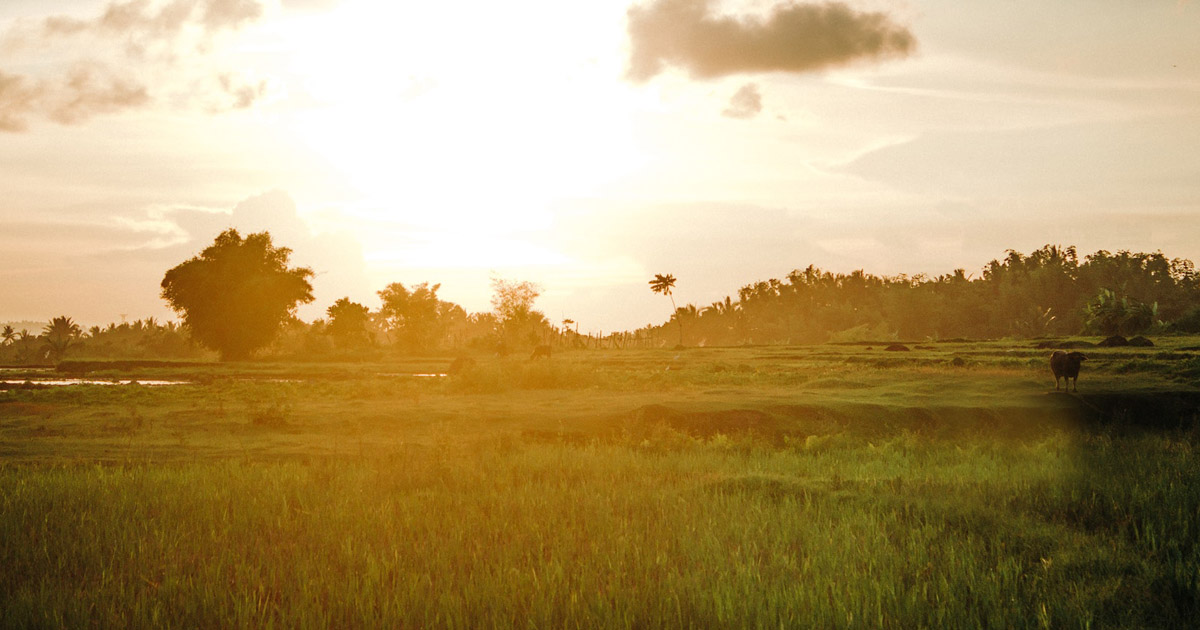
One reply on “Indang: The Rough Diamond Of Cavite ”
[…] Photo credits to: Ian Fulgar […]